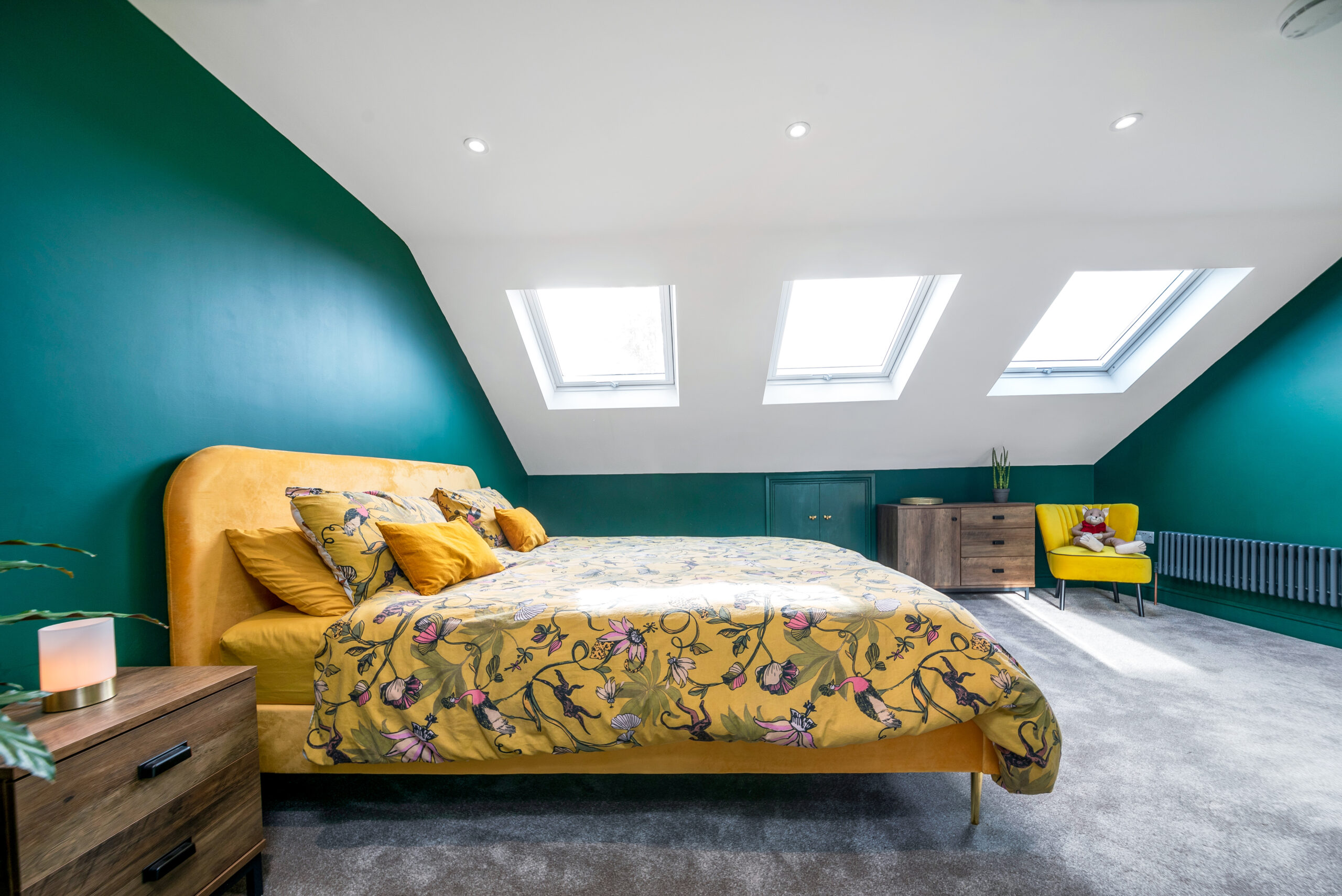
Mansion Block Loft Conversions
Mansion block loft conversions represent a unique and highly sought-after type of property enhancement, especially prevalent in London and other historic urban areas. These buildings, typically consisting of multiple flats or apartments within a large, impressive structure, offer distinctive opportunities for creating additional living space without the need to move or undertake extensive ground-up construction. Transforming the often underutilized attic or roof space of mansion blocks into beautiful, functional living areas can dramatically increase the value and appeal of these properties, providing homeowners and investors with significant benefits. Because of the architectural, structural, and regulatory complexities involved, mansion block loft conversions are a specialized field within the broader construction and renovation industry, requiring expert knowledge and craftsmanship to execute successfully.
Mansion blocks are iconic features of London’s architectural landscape, often dating back to the Victorian or Edwardian era. Their grand facades, stately proportions, and intricate detailing make them some of the most admired and desirable residential buildings in the city. These structures were originally designed to accommodate affluent residents, and their considerable size allows for sizeable attic spaces, often overlooked or unused. As urban living continues to evolve, homeowners and investors recognize the potential of converting these attic spaces into modern, comfortable dwellings that meet contemporary needs while preserving the building’s historic charm. Such conversions can range from adding extra bedrooms and bathrooms to creating full apartments or duplexes, significantly boosting the building’s overall rental or resale value.
One of the critical advantages of mansion block loft conversions is that they typically involve minimal change to the existing footprint of the property. Because the work primarily takes place within the roof area, it avoids the logistical challenges and planning permissions often associated with ground-floor extensions. However, despite this seeming simplicity, converting the attic of a mansion block requires careful structural assessments, planning, and compliance with strict regulations. Structural engineers must evaluate the existing roof and supporting walls to ensure they can support the new load, especially when adding heavy materials like flooring, insulation, and fixtures. Because mansion blocks are often listed buildings or lie within conservation areas, additional permissions may be necessary, making professional guidance essential.
Designing a mansion block loft conversion demands a careful balance of respecting the building’s historic character while incorporating modern features and standards. The aesthetic of the building, from its ornate facades to its period-appropriate windows and rooflines, must be preserved, and any new features—such as dormer windows or roof extensions—should harmonize with the original architecture. Interior design plays a crucial role in transforming these spaces into desirable homes or rental units. The layout must maximize available space, often requiring creative solutions such as built-in storage, clever use of natural light, and space-saving fixtures. The result is a bespoke living environment that complements the grandeur of the original structure while offering contemporary comforts.
From a technical perspective, mansion block loft conversions are complex projects that involve multiple steps, including detailed planning, obtaining permissions, structural modifications, and internal renovations. Because many of these buildings are historically significant, working with heritage organizations and local planning authorities is often necessary to ensure that the project aligns with preservation standards. Similarly, safety measures, fire safety regulations, and insulation requirements are all paramount considerations. An experienced team of architects, engineers, and construction specialists familiar with historic buildings can navigate these challenges, safeguarding the building’s structural integrity and aesthetic appeal. This expertise is vital in delivering a successful, compliant, and high-quality conversion.
Once completed, a mansion block loft conversion can dramatically enhance the functionality and aesthetics of the building. Homeowners can gain additional bedrooms, home offices, or communal spaces, while investors can increase rental income through additional or upgraded units. Moreover, the transformation can significantly boost the overall value of the property, making it an attractive proposition for future resale. The converted attic space often benefits from excellent natural light, thanks to traditionally designed dormer windows or skylights, while high-quality insulation and windows improve energy efficiency and reduce ongoing utility costs.
Living in a mansion block with a beautifully converted loft offers a unique blend of historic charm and modern convenience. Residents enjoy the grandeur of their building’s architecture alongside the comforts of contemporary design—think open-plan living, high-spec fixtures, and effective soundproofing. It’s an ideal solution for urban dwellers seeking stylish, spacious homes in central locations where space is at a premium. Additionally, these conversions often increase the rental appeal of the property, making them popular choices in tight rental markets such as London.
In conclusion, mansion block loft conversions are a sophisticated and highly effective way to unlock the hidden potential within some of London’s most iconic buildings. They require a nuanced understanding of historic architecture, structural engineering, and regulatory compliance, which is why only experienced specialists should undertake such projects. When executed correctly, a mansion block loft conversion offers increased living space, enhanced property value, and an elegant fusion of historic preservation with contemporary living standards. It’s a testament to how thoughtful, expert renovation can breathe new life into timeless buildings, ensuring their relevance and beauty for future generations. This type of conversion exemplifies the art of smart, respectful renovation—transforming historic grandeur into modern luxury.

